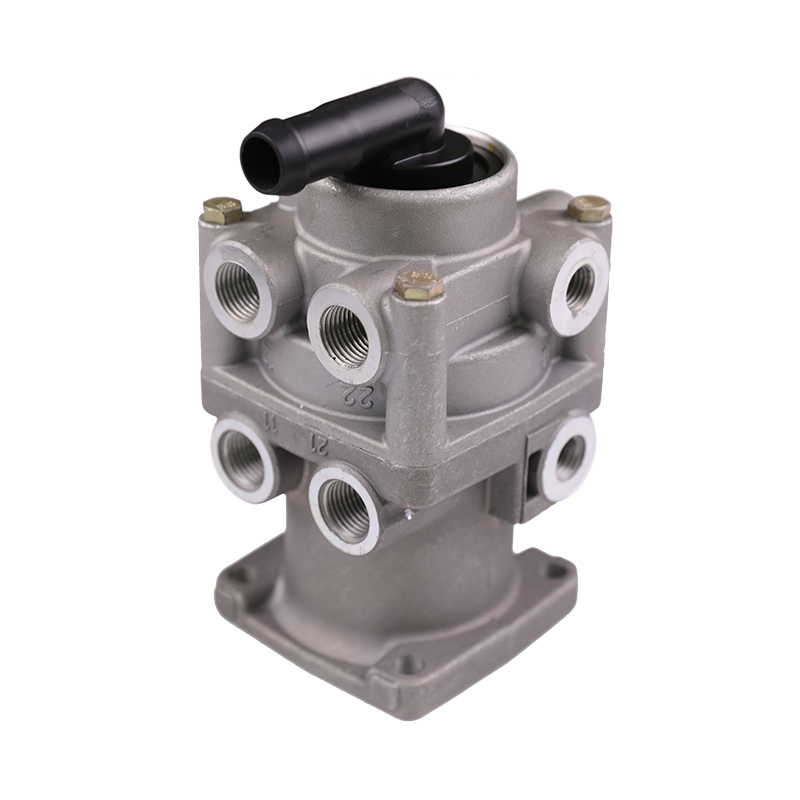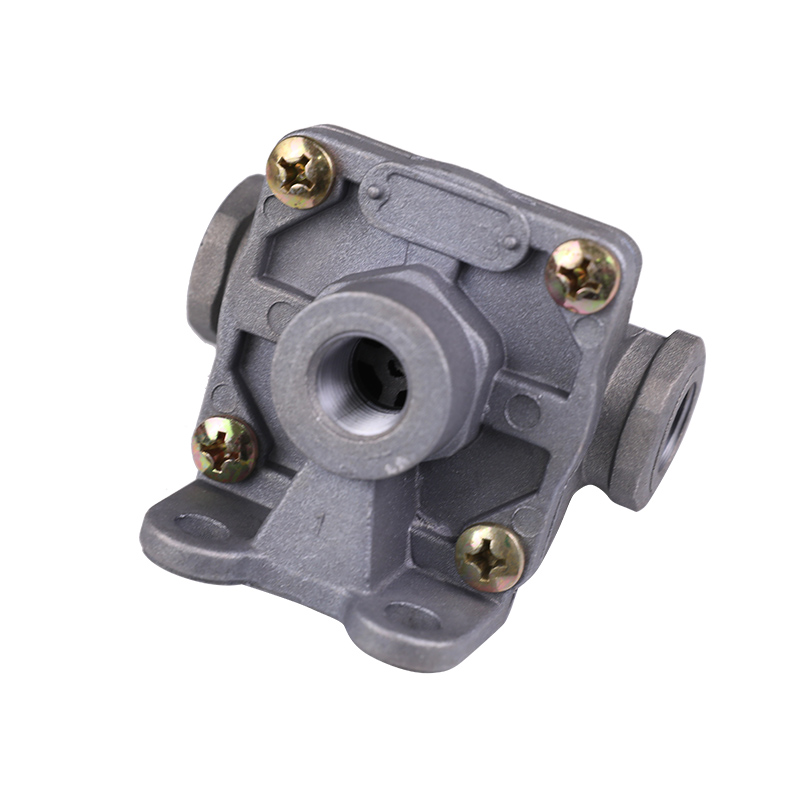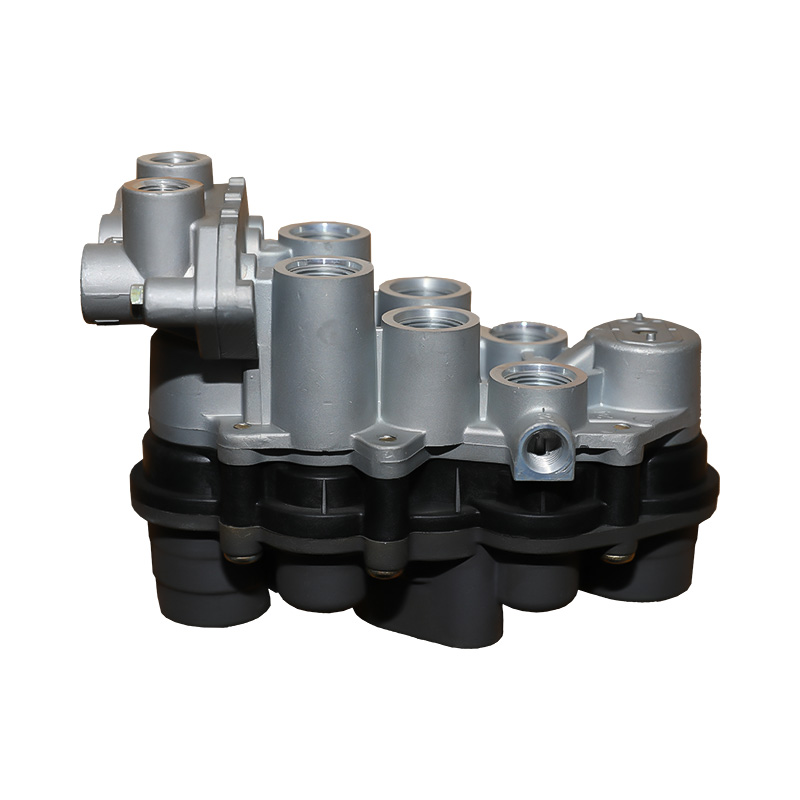In modern logistics and transportation industries, the performance of dryers is affected by a variety of environmental factors, among which temperature fluctuations, humidity changes, dust pollution, air pressure changes and corrosive gases all have a significant impact on the effectiveness of dryers.
Temperature fluctuations are a key environmental factor in dryer performance. Under high temperature conditions, the adsorption capacity of desiccant is significantly reduced. When the ambient temperature exceeds 50°C, the adsorption efficiency of molecular sieve desiccant may drop by more than 40%. This performance degradation is due to changes in thermodynamic equilibrium. High temperature will cause water molecules to desorb from the desiccant, thereby shortening the regeneration cycle of the desiccant. For example, a logistics fleet in the Middle East has a three-fold increase in the replacement frequency of its dryers compared to normal operating conditions due to long-term operation in high temperature environments. In contrast, low temperature environments will cause condensation problems. When the ambient temperature is below -10°C, the exhaust port of the dryer is prone to ice blockage. In winter, the proportion of brake system failures caused by ice blockage in a northern transportation company is as high as 22%.
Humidity changes also have a cumulative effect on brake air dryer performance. In a high humidity environment, the saturation rate of the desiccant is accelerated. When the relative humidity exceeds 80%, the dryer's processing capacity may drop to 60% of the design value. This performance degradation is caused by the pores of the desiccant being occupied by water molecules. Due to long-term exposure to humid environments, the regeneration cycle of the dryer of a coastal port transport vehicle was shortened to one-third of the normal operating conditions. In addition, high humidity environments will also aggravate the corrosion of metal parts. The corrosion rate of the dryer shell in a salt spray environment is five times that in a dry environment, resulting in seal failure and reduced structural strength.
Dust pollution is an invisible killer of dryer performance. In dust-intensive areas such as mines and construction sites, particulate matter in the air may clog the dryer filter element. Data from an open-pit coal mine transport fleet showed that when the dust concentration exceeded 10mg/m³, the replacement cycle of the dryer filter element was shortened to one-fifth of the normal operating conditions. This blockage not only reduces the air processing capacity, but also may cause the desiccant to pulverize, causing secondary pollution. At the same time, the chemical components in the dust may react with the desiccant. The transport vehicles of a chemical company were exposed to corrosive dust, resulting in a 60% shortened equipment life.
The effect of air pressure changes on dryer performance has systematic characteristics. In plateau areas, the processing capacity of the dryer decreases significantly due to the thin air. Statistics from a transport fleet on the Qinghai-Tibet Plateau show that the processing capacity of the dryer decreases by 8% for every 1,000 meters increase in altitude. Changes in air pressure will also affect the efficiency of the regeneration system. When the ambient air pressure is lower than 80kPa, the regeneration temperature of the dryer is 15°C lower than that in the plains, which will lead to insufficient regeneration of the desiccant. Therefore, vehicles in plateau areas need to adopt specially designed dryer systems to adapt to this environment.
The presence of corrosive gases causes irreversible damage to the performance of the dryer. In areas where corrosive gases gather, such as chemical parks and ports, sulfides and chlorides in the air may react chemically with desiccant. A coastal port transport vehicle suffered a permanent loss of 30% of adsorption capacity due to sulfation of the desiccant. In addition, corrosive gases will accelerate the electrochemical corrosion of metal parts. The corrosion depth of the dryer shell in a sulfur-containing environment is twice that of a normal environment. This corrosion not only affects the sealing of the equipment, but may also cause structural failure, posing a threat to transportation safety.






